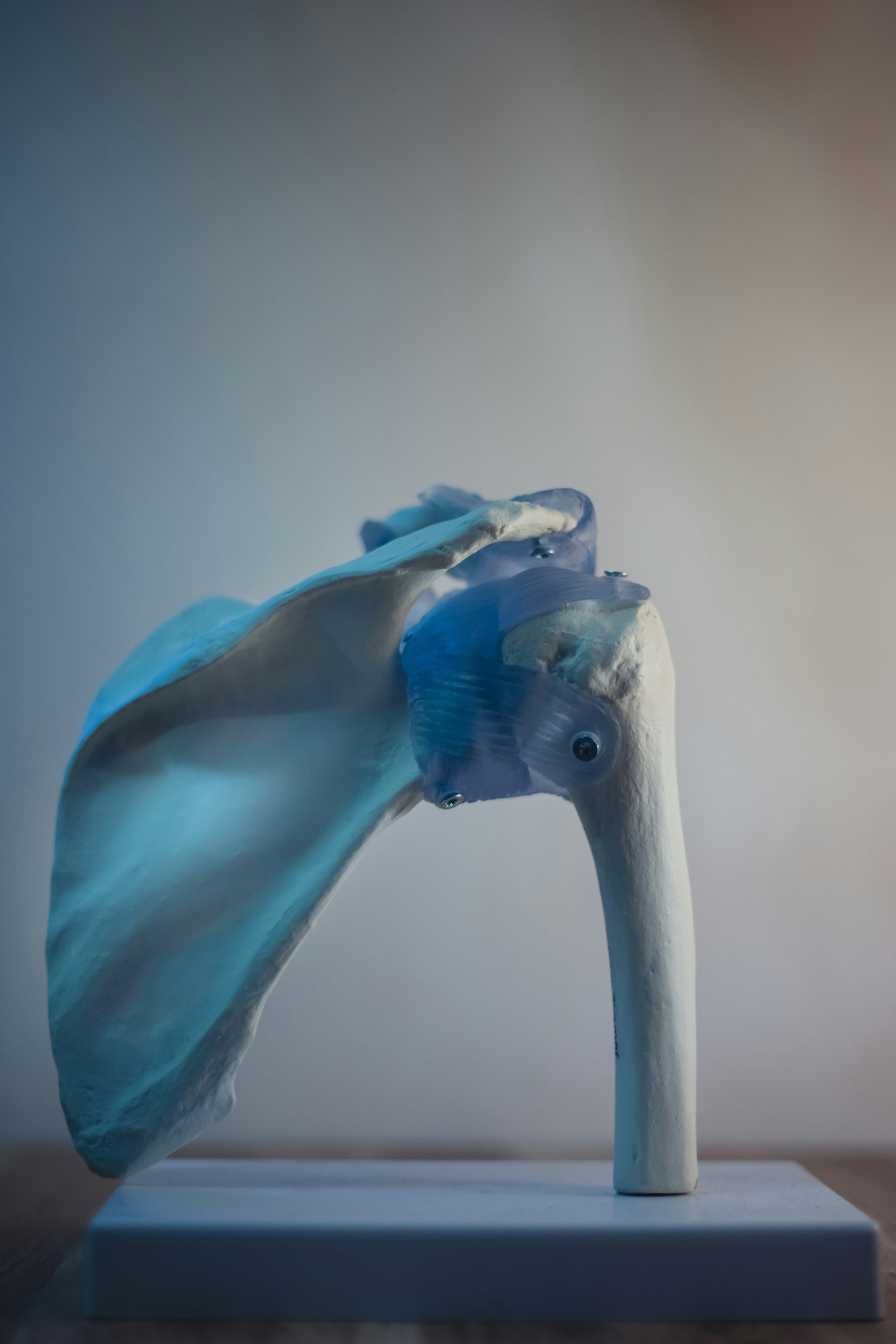Understanding Bursitis: Root Causes, Pathophysiology, and Holistic Healing
Bursitis is a common yet often misunderstood condition that affects the small, fluid-filled sacs known as bursae. These sacs are found throughout the body and play a crucial role in reducing friction between bones, tendons, and muscles. When a bursa becomes inflamed, it leads to pain, swelling, and restricted movement—symptoms that can significantly impact daily life and overall well-being.
However, bursitis isn’t just about inflammation and pain. It’s often a signal from the body that something deeper is at play—whether it’s mechanical stress, postural imbalances, systemic inflammation, or even underlying metabolic dysfunctions. At Movability, we approach bursitis not just as a localized problem but as part of a larger, holistic picture. Our goal is to identify the root cause and treat the entire system, integrating chiropractic care, physiotherapy, acupuncture, naturopathy, and rehabilitation to restore pain-free movement.
This guide will explore the pathophysiology of bursitis, its different types (septic, traumatic, inflammatory), the biological mechanisms involved, and why chronic bursitis leads to bursal hypertrophy. More importantly, we will discuss how a holistic approach can offer long-term relief and prevent recurrence.
What Is Bursitis?
Bursitis refers to the inflammation of a bursa, a small synovial-lined sac that normally contains a thin film of lubricating fluid. The body has over 150 bursae, placed in areas prone to friction, such as the shoulders, elbows, knees, hips, and ankles. Their primary function is to create a smooth, friction-free interface between soft tissues and bones. However, when subjected to excessive stress, infection, or systemic inflammation, a bursa can become inflamed, leading to pain and swelling.
Bursitis is commonly seen in individuals who perform repetitive movements, engage in high-impact sports, or maintain poor posture. It can also be linked to systemic conditions such as rheumatoid arthritis, gout, metabolic disorders, and chronic inflammation.
The Pathophysiology of Bursitis: How and Why It Develops
The pathophysiology of bursitis varies depending on the underlying cause. The three primary types are:
Septic bursitis (infectious)
Traumatic or mechanical bursitis (due to injury or repetitive stress)
Inflammatory bursitis (due to systemic disease or crystal deposition)
Each of these types follows a distinct mechanism, but they all lead to a final common pathway: excess fluid accumulation, synovial inflammation, pain, and restricted movement.
1. Septic Bursitis: When Infection Causes Bursal Inflammation
Septic bursitis occurs when bacteria invade a bursa, leading to an infectious response. The most common pathogen responsible for septic bursitis is Staphylococcus aureus, which accounts for nearly 80% of cases. Streptococcus species are also common offenders.
How Does Infection Enter the Bursa?
Direct inoculation: Bacteria can enter through cuts, abrasions, or puncture wounds over the bursa. This is common in superficial bursae like the olecranon (elbow) and prepatellar (kneecap) bursae.
Secondary spread: Infection can spread from nearby cellulitis (skin infection) or through hematogenous (bloodstream) dissemination in immunocompromised individuals.
What Happens Inside the Bursa?
Once bacteria enter the bursal sac, they trigger a strong immune response:
Neutrophils flood the area, releasing enzymes and inflammatory cytokines.
Synovial cells produce excess fluid, leading to pus accumulation (purulent bursitis).
The bursa becomes swollen, red, warm, and painful due to inflammation.
If untreated, the infection may spread to adjacent tissues, causing abscess formation or septic arthritis.
Holistic Healing Approach
While antibiotics are essential for treating septic bursitis, our approach at Movability involves supporting the immune system and reducing inflammation naturally. We integrate:
Naturopathic anti-inflammatory support (turmeric, omega-3s, and herbal antimicrobials).
Acupuncture for immune regulation and lymphatic drainage.
Manual therapy post-recovery to restore joint mobility and prevent adhesions.
Demographics Affected by Bursitis
Bursitis can affect individuals of all ages, but certain types are more prevalent in specific demographics:
Young athletes and active individuals: More prone to traumatic bursitis due to repetitive stress from sports and high-impact activities.
Middle-aged and older adults: More likely to experience inflammatory bursitis associated with conditions like osteoarthritis, rheumatoid arthritis, and metabolic disorders.
Individuals with physically demanding jobs: Workers who kneel frequently (e.g., plumbers, construction workers) have a higher risk of prepatellar bursitis, while those who rest their elbows on hard surfaces often develop olecranon bursitis.
Immunocompromised individuals: At higher risk for septic bursitis, especially if they have diabetes, chronic kidney disease, or take immunosuppressive medications.
At Movability, we provide personalized care for people of all ages and activity levels. Whether you’re a young athlete recovering from overuse, an office worker struggling with postural imbalances, or an older adult managing systemic inflammation, our chiropractic, physiotherapy, and integrative medicine approaches can help you regain pain-free movement.
Conclusion
Bursitis is more than just inflammation—it’s a signal that your movement patterns, posture, or systemic health need attention. At Movability, we go beyond symptom management to find and treat the root cause. By integrating chiropractic, physiotherapy, acupuncture, and naturopathic medicine, we help you move pain-free and prevent recurrence.
If you’re struggling with bursitis, book assessment with Movability today. Let’s work together to restore your body’s natural strength, mobility, and resilience.

